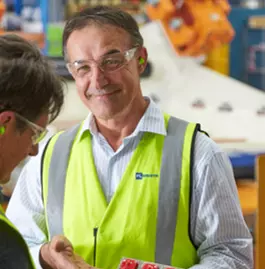-
Dramatically improving vibratory screen wear life at an Australian iron ore mine
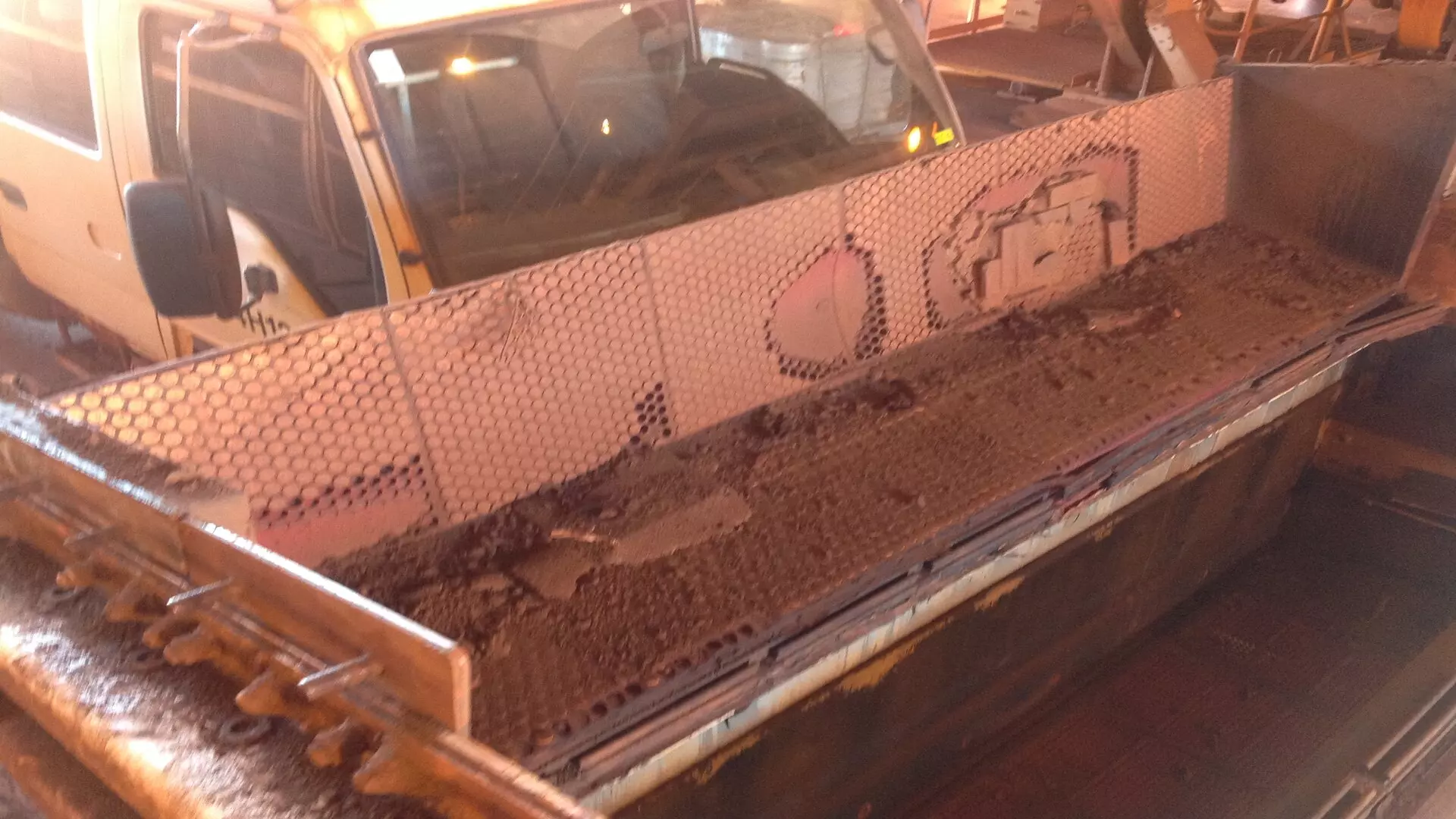
The mine needed a better solution that would increase the meantime between failures. This would not only improve productivity by lowering maintenance requirements it would also improve safety as there would be fewer machine-personnel interactions. And less waste would also be generated due to the extended life of the wear parts, improving the sustainability of operations. A triple win.
We were pleased to take on the challenge. Little did we realise that we were setting off down a road that would lead to the development of new wear product.
High wear resistance but low weight
The challenge was not just about coming up with a solution that improved wear life. When it comes to vibratory screens, wear resistance must be balanced with the weight of the liners. Too heavy and the liners will impact the vibrating frequency of the screen. Which is not something you want.
So, while we knew our FerroCer 44 wear panels offered a possible solution to the wear challenge, we needed to be sure that they wouldn’t be the cause of additional problems. Enter the experts at our Vibrating Screen Centre of Excellence. Because we manufacture and refurbish the mine’s screens, our engineers were able to undertake finite element analysis (FEA) to model the affect FerroCer 44 would have on the screen frequencies when installed.
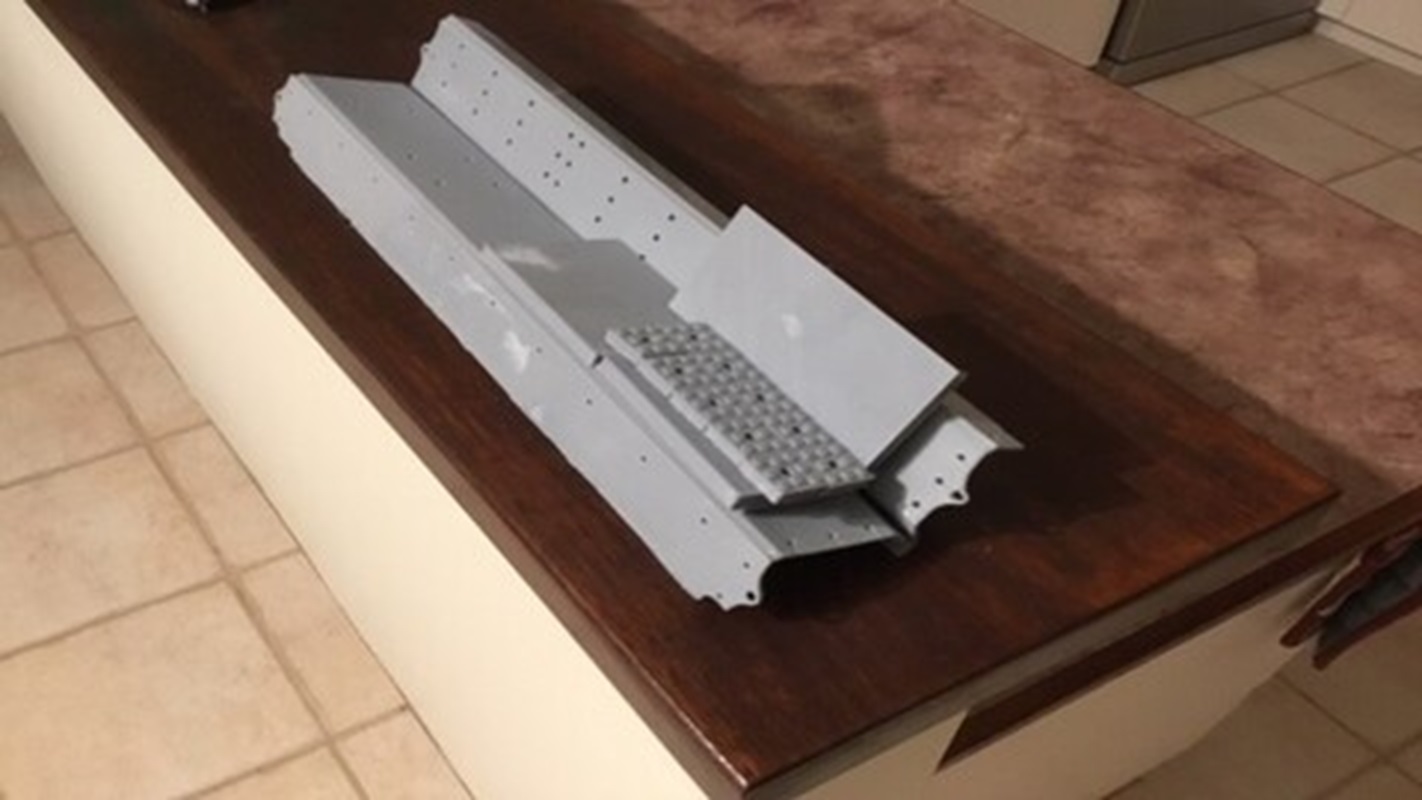
The expert’s conclusion: the weight of FerroCer 44 would severely impact the screen frequency.
It was a setback – but not an insurmountable one. In response, we developed FerroCer 22, a lower-weight wear panel solution suitable for sliding and moderate-impact wear from material lump sizes of 10 mm - 150 mm. Whereas each FerroCer 44 panel weighs in at 5.3 kg, each FerroCer 22 panel is just over half that at 2.8 kg.
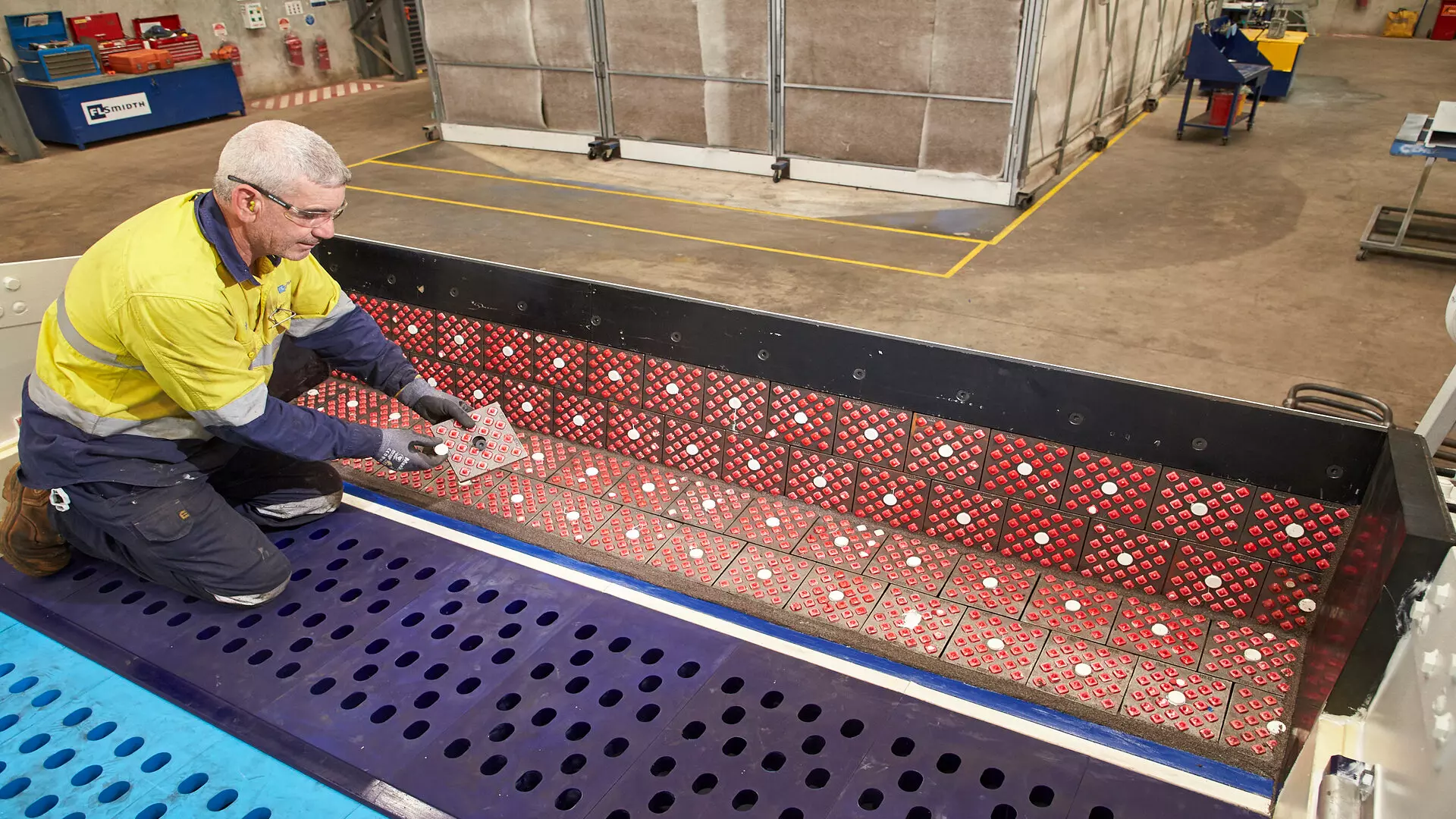
Complete FEA was conducted on FerroCer 22 to verify the solution – which it did. It also passed factory acceptance tests at our Welshpool Supercentre and was signed off by our vibratory screen engineers, before starting its trial run onsite in the Pilbara.

From six weeks to six months and counting
Since the trial began, more than 300,000 tonnes of iron ore went over the screen between 9 March 2020 and 1 October 2020 – a period of over six months – without needing to replace the liners.
The expected lifetime of the FerroCer 22 panels is over a year.
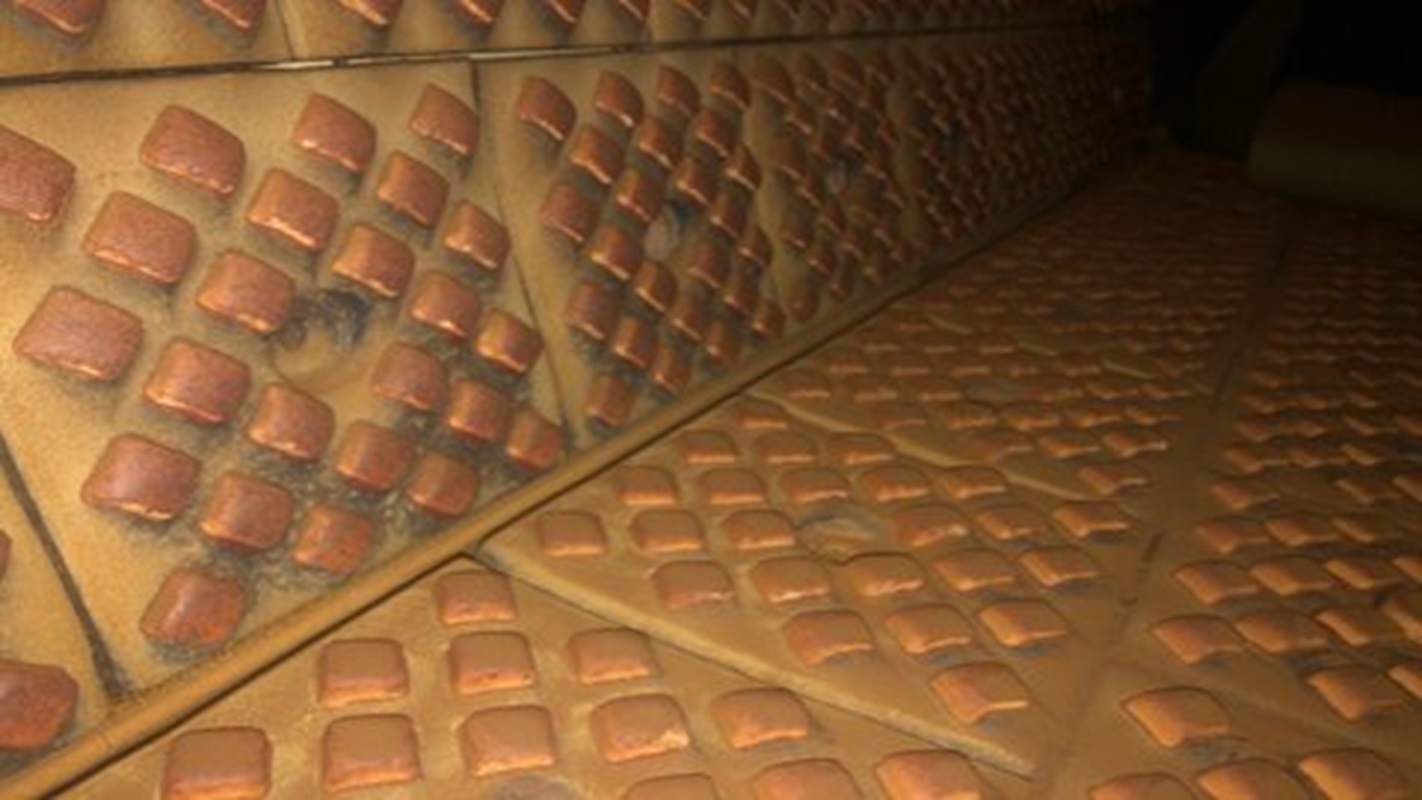
Get in touch
